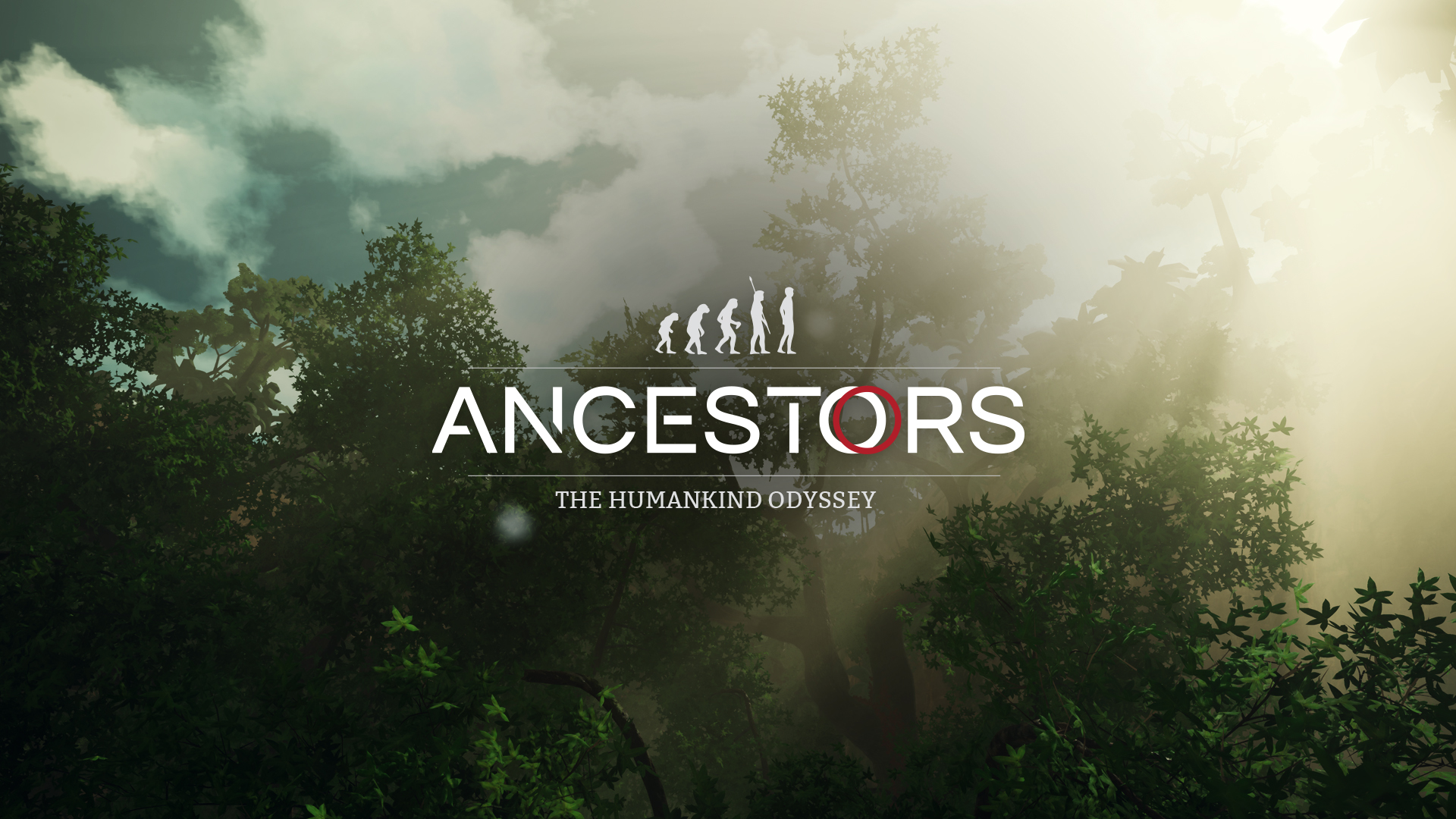


Treating the problems as purely technical ones-taking the car to the mechanic time and again to get it back on the road-masks the real issues. But if your car troubles stem from the way a family member drives, the problems are likely to recur. Most of the time, the mechanic can fix the car. When your car has problems, you go to a mechanic. The importance-and difficulty-of distinguishing between adaptive and technical change can be illustrated with an analogy. Adaptive Versus Technical Change: Whose Problem Is It? But to make real progress, sooner or later those who lead must ask themselves and the people in the organization to face a set of deeper issues-and to accept a solution that may require turning part or all of the organization upside down. (See the sidebar “Adaptive Versus Technical Change: Whose Problem Is It?”) Responding to an adaptive challenge with a technical fix may have some short-term appeal. Adaptive problems resist these kinds of solutions because they require individuals throughout the organization to alter their ways as the people themselves are the problem, the solution lies with them. Technical problems, while often challenging, can be solved applying existing know-how and the organization’s current problem-solving processes. We refer to this kind of wrenching organizational transformation as “adaptive change,” something very different from the “technical change” that occupies people in positions of authority on a regular basis. In return for these sacrifices, they may be offered nothing more than the possibility of a better future. The risks during such times are especially high because change that truly transforms an organization, be it a multibillion-dollar company or a ten-person sales team, demands that people give up things they hold dear: daily habits, loyalties, ways of thinking. We’re not talking here about conventional office politics we’re talking about the high-stake risks you face whenever you try to lead an organization through difficult but necessary change. But frequently, something more is at work.
#ANCESTORS THE HUMANKIND ODYSSEY BEST SETTLEMENT SERIES#
People in top positions must often pay the price for a flawed strategy or a series of bad decisions. While leadership is often depicted as an exciting and glamorous endeavor, one in which you inspire others to follow you through good times and bad, such a portrayal ignores leadership’s dark side: the inevitable attempts to take you out of the game. Let’s face it, to lead is to live dangerously. Think about yourself: In exercising leadership, have you ever been removed or pushed aside? Or think of individuals you have known in less prominent positions, perhaps people spearheading significant change initiatives in their organizations, who have suddenly found themselves out of a job. TAP (button) to start construction when close to a stockpile of construction items.Think of the many top executives in recent years who, sometimes after long periods of considerable success, have crashed and burned. One less item is needed to complete a construction. The following neurons impact construction. If you use these actions, the materials used to make the construction will be lost.

The Branch Barrier and the Thornbush Wall can be removed after construction by using the Start Deconstruction and Deconstruct actions. The construction stockpile requirements can be reduced after learning specific neurons. Four Thornbushes can be used to construct a Thornbush Wall.Four Natal Grass Cycads can be used to construct a Sleep Spot.Four Dead Branches can be used to construct a Branch Barrier.There are only a few constructed items that have specific uses: Finally, you use the Build action repeatedly to construct the item.Second, you use the Start Construction action once you have enough of the construction item in the stockpile.To start, you use the Add To Pile action to create a supply of the construction item.Each constructed item follows the same set of actions:


 0 kommentar(er)
0 kommentar(er)
